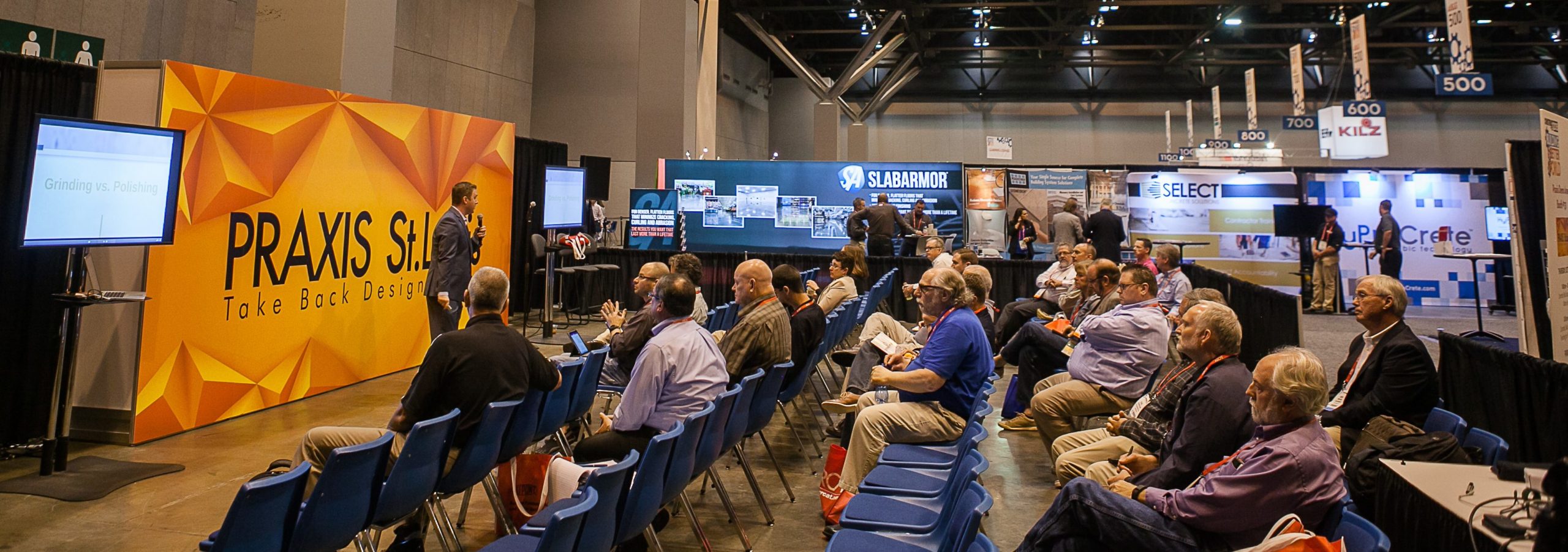
Concrete Sawing Only Choice to Upgrade DFW
 The Dallas-Fort Worth International Airport (DFW) is the ninth-busiest airport in the U.S., with nearly 1,000 flights arriving and departing daily serving over 69 million travelers each year. Aircraft take off and land from seven runways, all of which are the original runways from the airport’s construction in 1973. Airport officials determined that Runway 17C-35C was in need of replacement, and a CSDA contractor was chosen to provide a solid surface for takeoff and landing. Dual rider saws from Lissmac make part of the over 115,000 square yards of cuts to remove the damaged portions of Runway 17C/35C at DFW. General Contractor Austin Bridge & Road headed up this massive project. Over 115,000 square yards of runway and taxiway needed to be removed and replaced without damaging the adjacent runways or damaging the substructure. This included replacing the Portland Cement Concrete (PCC) keel along with some taxiway replacements for a total shoulder reconstruction. Austin Bridge & Road called on CSDA member Diamond Drilling & Sawing Company of Denver, Colorado to assist with the runway removal and replacement. Non-destructive testing methods were used by DFW officials to determine that there were many damaged concrete panels on the runway in need of repair. Airport runways are costly and logistically challenging to shut down, so a method to quickly and efficiently remove the damaged runway sections was needed. Concrete sawing with diamond tools was the chosen method, as this method would protect the underlying structures and base under the Portland Cement Concrete Pavement (PCCP) from damage. Additionally, sawing the runway into sections that could then be removed, allowed the damaged sections to be removed quickly and would not require the base material to be replaced. The sawing portion of the project commenced on May 24, 2018. The first step in this process was to cut the PCCP into sections that were able to be removed by the general contractor. These sections measured 8.3 by 8.3 by 1.5 feet and weighed approximately 16,000 pounds. Husqvarna 7000, Husqvarna 99HP and Lissmac 138HP Diesel slab saws were used to make these cuts. Blades ranged from 20 to 48 inches and were purchased from Diamond Products and Lissmac. Once the sections were cut, they were removed by excavators. All slurry on the jobsite was removed using vacuums. After all cut sections were removed, the general contractor was able to pour the new PCCP slabs. Diamond Drilling & Sawing Company (DDSC) then performed green cutting
The Dallas-Fort Worth International Airport (DFW) is the ninth-busiest airport in the U.S., with nearly 1,000 flights arriving and departing daily serving over 69 million travelers each year. Aircraft take off and land from seven runways, all of which are the original runways from the airport’s construction in 1973. Airport officials determined that Runway 17C-35C was in need of replacement, and a CSDA contractor was chosen to provide a solid surface for takeoff and landing. Dual rider saws from Lissmac make part of the over 115,000 square yards of cuts to remove the damaged portions of Runway 17C/35C at DFW. General Contractor Austin Bridge & Road headed up this massive project. Over 115,000 square yards of runway and taxiway needed to be removed and replaced without damaging the adjacent runways or damaging the substructure. This included replacing the Portland Cement Concrete (PCC) keel along with some taxiway replacements for a total shoulder reconstruction. Austin Bridge & Road called on CSDA member Diamond Drilling & Sawing Company of Denver, Colorado to assist with the runway removal and replacement. Non-destructive testing methods were used by DFW officials to determine that there were many damaged concrete panels on the runway in need of repair. Airport runways are costly and logistically challenging to shut down, so a method to quickly and efficiently remove the damaged runway sections was needed. Concrete sawing with diamond tools was the chosen method, as this method would protect the underlying structures and base under the Portland Cement Concrete Pavement (PCCP) from damage. Additionally, sawing the runway into sections that could then be removed, allowed the damaged sections to be removed quickly and would not require the base material to be replaced. The sawing portion of the project commenced on May 24, 2018. The first step in this process was to cut the PCCP into sections that were able to be removed by the general contractor. These sections measured 8.3 by 8.3 by 1.5 feet and weighed approximately 16,000 pounds. Husqvarna 7000, Husqvarna 99HP and Lissmac 138HP Diesel slab saws were used to make these cuts. Blades ranged from 20 to 48 inches and were purchased from Diamond Products and Lissmac. Once the sections were cut, they were removed by excavators. All slurry on the jobsite was removed using vacuums. After all cut sections were removed, the general contractor was able to pour the new PCCP slabs. Diamond Drilling & Sawing Company (DDSC) then performed green cutting

with Husqvarna 8500 Rider slab saws as required using 20 inch blades from Diamond Products. The next step was to widen and bevel the joints and then seal the joints with a compression seal. When needed, existing joint sealant was removed in areas of the runway that had not been removed and those joints were re-sealed with Crafco Mastic One material. In total, this project totaled 4,400,000 inch-feet of slab sawing, 17.5 inches thick. Sixty thousand linear feet of new joints were widened and sealed, and 160,000 linear feet of existing joints were resealed. The project took about 8 months, concluding at the end of January 2019. The project was completed within the project time and budget. DDSC was awarded additional work in the form of a change order and was requested to provide additional quotes for extra work on the project. Other methods considered for removing the damaged portion of the runway included using hydraulic hammers on excavators or eight-foot mega stompers, but both of those methods would have caused damage to the sub-base materials and could have damaged adjacent PCCP that was designated to remain in place. Also, those methods would have created more dust and debris, so concrete sawing was determined the way to go. DDS had to overcome many challenges on this project including coordinating a tight schedule with the general contractor, inspectors and the FAA. DDS crews had to remain ahead of the removal crews and stay on schedule to ensure the runway was not closed longer than needed. “Building a working relationship with the general contractor and the inspectors was extremely key in the success of our portion of the work. Gerald Johnson (DDSC super) and Jim Zappavigna (DDSC Director of National Contracts) did an excellent job on this project,” said Matt

Wiersma, President & CEO of DDSC. Safety concerns included minimizing slips and falls, as the wet, flat concrete surface became very slippery when slurry was present. Operators had to make sure they were cautious while moving about the jobsite and in and out of their work trucks. All appropriate PPE was worn, blade guards and water were used to control silica dust and crews had to be vigilant to the weather—sawing operations had to be suspended when there was lightning in the area. Clay Stark, Senior Project Manager for Austin Bridge & Road, said the general contractor was thrilled with the results of the project. “Diamond Drilling & Sawing Company did a fantastic job on the demo sawing. They also helped us out by being able to perform the joint sealing of the new concrete,” he commented. This isn’t the first time a CSDA contractor has been called in to replace a major airport runway. In 1999 at the Hartsfield Jackson International Airport in Atlanta, Georgia, 9,000 feet of runway was removed and replaced in 34 days, a job that at the time was deemed impossible (see sidebar). When time, precision and accuracy are needed, these CSDA contractors have shown that concrete sawing with diamond tools is the best way to get the job done. Travelers in and out of the Dallas-Fort Worth area for years to come will benefit from the quality of the new 17C-35C runway, thanks to Diamond Drilling & Sawing Company.














![New Products & Industry News [Sep 16]](https://www.concreteopenings.com/wp-content/uploads/2015/02/IB-Banner.jpg)